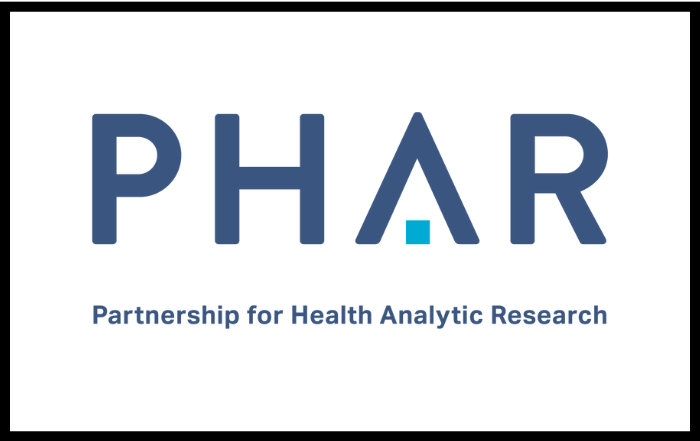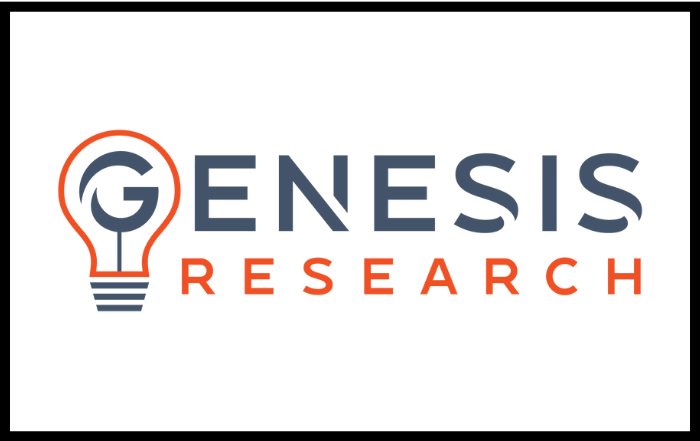The outlook for global spending on medicines has become clearer as the uncertainties of the last two years in a global pandemic have gradually given way to more predictable challenges and opportunities for healthcare systems and policymakers across developed and emerging economies. Healthcare has shown itself to be remarkably resilient during COVID-19, but challenges remain — and evidence-based decision-making is more important than ever.
The largest driver of medicine spending through the next five years is expected to be global COVID-19 vaccinations, which are unprecedented both because of the number of people being inoculated and the speed with which it is expected to be achieved and then repeated with frequent booster shots. But even leaving aside the pandemic, global spending on medicines continues to be driven by innovation and offset by losses of exclusivity and the lower costs of generics and biosimilars.
In this report, we quantify the impact of these dynamics and examine the spending and usage of medicines in 2021 and the outlook to 2026, globally and for specific therapy areas and countries. We intend this report to provide a foundation for meaningful discussion about the value, cost and role of medicines over the next five years in the context of overall healthcare spending.
Key Findings
- The global medicine market — using invoice price levels — is expected to grow at 3-6% CAGR through 2026.
- Medicine use and spending trends have been negatively impacted by the COVID-19 pandemic but will be more than offset by incremental spending on related vaccines and therapeutics.
- Global medicine spending will be lifted by stronger pharmerging market growth through 2026 and offset by slower growth in developed markets caused by losses of exclusivity for original brands.
- A total of 300 new drugs are expected to be launched over the next five years to 2026, significantly higher than the level seen on average during the past decade, and are expected to skew toward specialty, niche and orphan drugs.
- New product launches in the next five years will result in $196Bn in new spending, largely offset by reductions in brand spending, with $188Bn due to losses of exclusivity.
- The two leading global therapy areas — oncology and immunology — are forecast to grow 9-12% and 6-9% CAGR, respectively, through 2026, lifted by significant increases in new treatments and medicine use and offset by the impact of biosimilars.
- In neurology, many new medicines are expected across a range of diseases, including novel migraine therapies, rare neurological diseases, and the potential for therapies for Alzheimer’s and Parkinson’s disease.
Click here for additional information and registration details.



